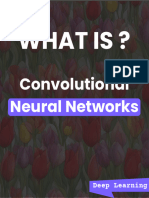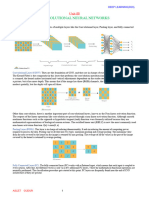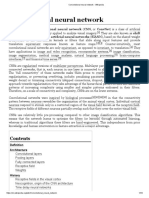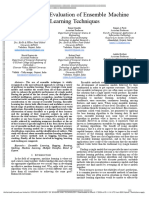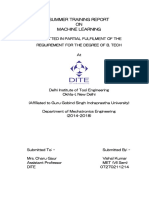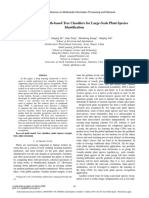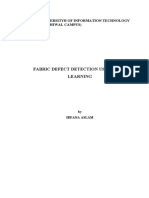0% found this document useful (0 votes)
40 views15 pagesIntroduction To Convolution Neural Network
A Convolutional Neural Network (CNN) is a specialized type of neural network used primarily in computer vision to interpret visual data. It consists of multiple layers, including convolutional layers for feature extraction, pooling layers for downsampling, and fully connected layers for classification. While CNNs are effective at detecting patterns and handling large datasets, they can be computationally intensive and may require significant labeled data to avoid overfitting.
Uploaded by
Jitendra HarbolaCopyright
© © All Rights Reserved
We take content rights seriously. If you suspect this is your content, claim it here.
Available Formats
Download as DOCX, PDF, TXT or read online on Scribd
0% found this document useful (0 votes)
40 views15 pagesIntroduction To Convolution Neural Network
A Convolutional Neural Network (CNN) is a specialized type of neural network used primarily in computer vision to interpret visual data. It consists of multiple layers, including convolutional layers for feature extraction, pooling layers for downsampling, and fully connected layers for classification. While CNNs are effective at detecting patterns and handling large datasets, they can be computationally intensive and may require significant labeled data to avoid overfitting.
Uploaded by
Jitendra HarbolaCopyright
© © All Rights Reserved
We take content rights seriously. If you suspect this is your content, claim it here.
Available Formats
Download as DOCX, PDF, TXT or read online on Scribd
/ 15


















